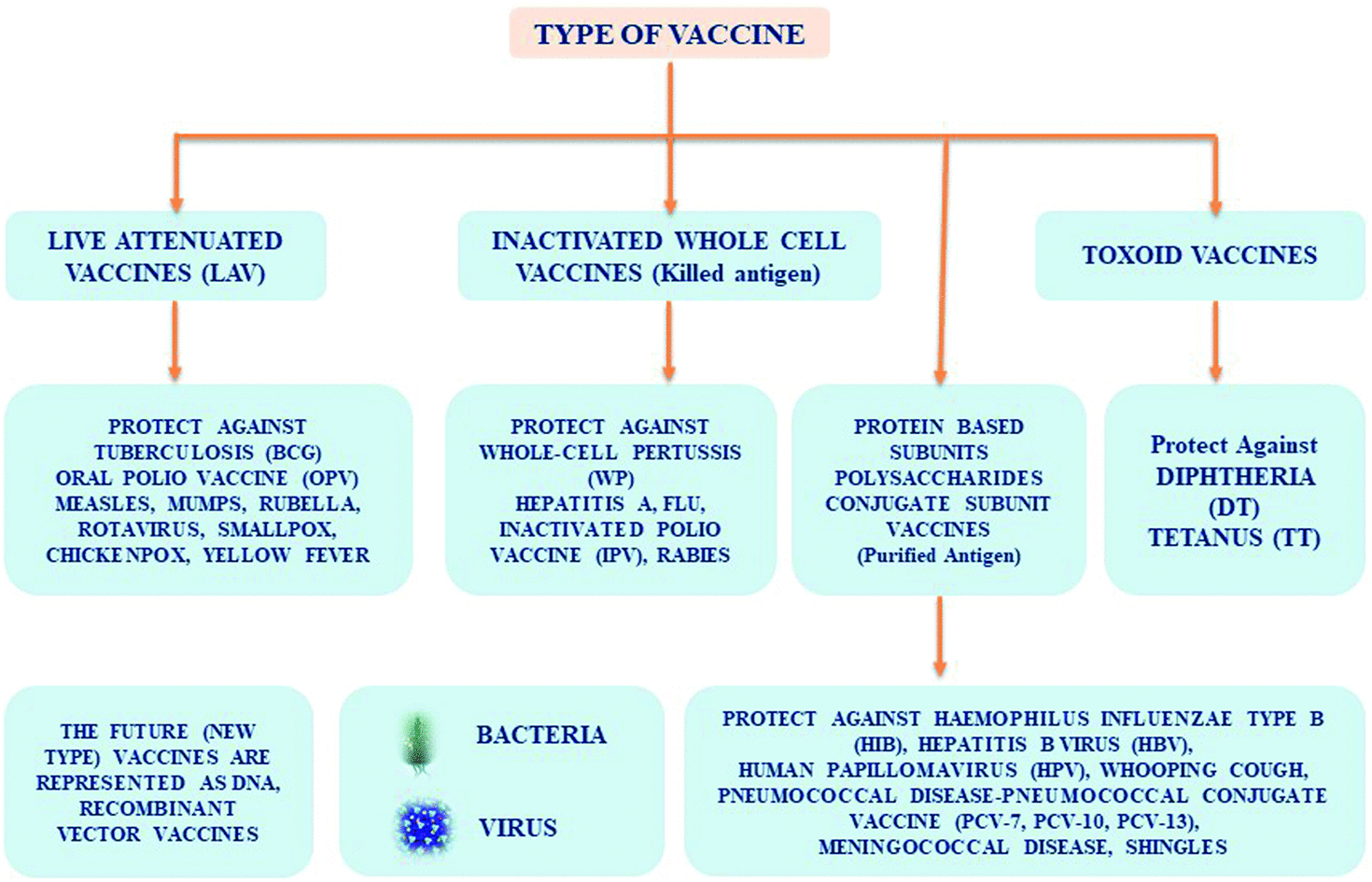Important Facts For Prelims
World Immunisation Day 2024
- 12 Nov 2024
- 6 min read
Why in News?
Recently, World Immunisation Day was observed on 10th November to raise awareness about the vital role vaccines play in preventing infectious diseases and protecting public health.
- Immunisation is making a person resistant to an infectious disease by administering a vaccine to stimulate the immune system.
What are the Key Facts About Immunisation in India?
- Key Immunisation Programs in India:
- Universal Immunization Programme (UIP): Initially launched as the Expanded Programme on Immunization in 1978, it was rebranded as the UIP in 1985 when coverage expanded from urban to rural areas.
- In 1992, the UIP was incorporated into the Child Survival and Safe Motherhood Programme and later, in 1997, into the National Reproductive and Child Health Programme.
- Since 2005, under the National Rural Health Mission, the UIP has focused on ensuring vaccine access for every child, even in remote areas.
- India’s full Immunisation coverage for FY 2023-24 stands at 93.23% nationally.
- Mission Indradhanush (MI): MI was launched in December 2014 with a goal of achieving 90% full immunisation coverage.
- It focuses on areas with low immunisation rates, including hard-to-reach regions and communities with unvaccinated or partially vaccinated children.
- U-WIN Portal: It is a digital platform designed to streamline vaccine delivery and record-keeping, enabling easy access and management of immunisation records.
- It allows for ‘Anytime Access’ and ‘Anywhere’ vaccination, offering flexible scheduling options for recipients.
- It also generates a universal QR-based eVaccination Certificate and provides the option to create an Ayushman Bharat Health Account (ABHA) ID.
- Universal Immunization Programme (UIP): Initially launched as the Expanded Programme on Immunization in 1978, it was rebranded as the UIP in 1985 when coverage expanded from urban to rural areas.
- Public Health Milestones:
- COVID-19 Vaccination: Between 16th January 2021 and 6th January 2023, India had administered over 220 crore doses, covering 97% of eligible citizens with at least one dose and 90% with both doses.
- Polio Eradication: India was officially certified as polio-free in March, 2014.
- Maternal and Neonatal Tetanus (MNTE): India eliminated MNTE in April 2015, well ahead of the global target of December 2015.
- Yaws-Free: India became the first country to be officially recognized as yaws-free by the World Health Organization (WHO).
- Yaws is a chronic bacterial infection affecting skin, bone and cartilage.
- Smallpox: Smallpox was eradicated in India in 1977.
- Leprosy: Leprosy was eliminated in 2005.
- Kala-azar: India is close to achieving the elimination of Kala-azar as a public health problem.
- India has achieved WHO certification criteria for two consecutive years and needs to maintain this level for one more year to qualify for the certification.
Note
- Under UIP, immunisation is provided free of cost against 12 vaccine preventable diseases:
- Nationally against 9 diseases: Diphtheria, Pertussis, Tetanus, Polio, Measles, Rubella, severe form of Childhood Tuberculosis, Hepatitis B and Meningitis & Pneumonia caused by Haemophilus Influenzae type B.
- Sub-nationally against 3 diseases: Rotavirus diarrhoea, Pneumococcal Pneumonia and Japanese Encephalitis.
- UIP has helped reduce the under-5 mortality rate from 45 per 1000 live births in 2014 to 32 per 1000 live births.
UPSC Civil Services Examination, Previous Year Question (PYQ)
Prelims
Q.With reference to recent developments regarding ‘Recombinant Vector Vaccines’, consider the following statements: (2021)
- Genetic engineering is applied in the development of these vaccines.
- Bacteria and viruses are used as vectors.
Which of the statements given above is/are correct?
(a) 1 only
(b) 2 only
(c) Both 1 and 2
(d) Neither 1 nor 2
Ans: (c)
Q. Which one of the following statements is not correct? (2019)
(a) Hepatitis B virus is transmitted much like HIV.
(b) Hepatitis B, unlike Hepatitis C, does not have a vaccine.
(c) Globally, the number of people infected with Hepatitis B and C viruses arc several times more than those infected with HIV.
(d) Some of those infected with Hepatitis B and C viruses do not show the symptoms for many years.
Ans: (b)
Q.Consider the following diseases: (2014)
- Diphtheria
- Chickenpox
- Smallpox
Which of the above diseases has/have been eradicated in India?
(a) 1 and 2 only
(b) 3 only
(c) 1, 2 and 3
(d) None
Ans: (b)





